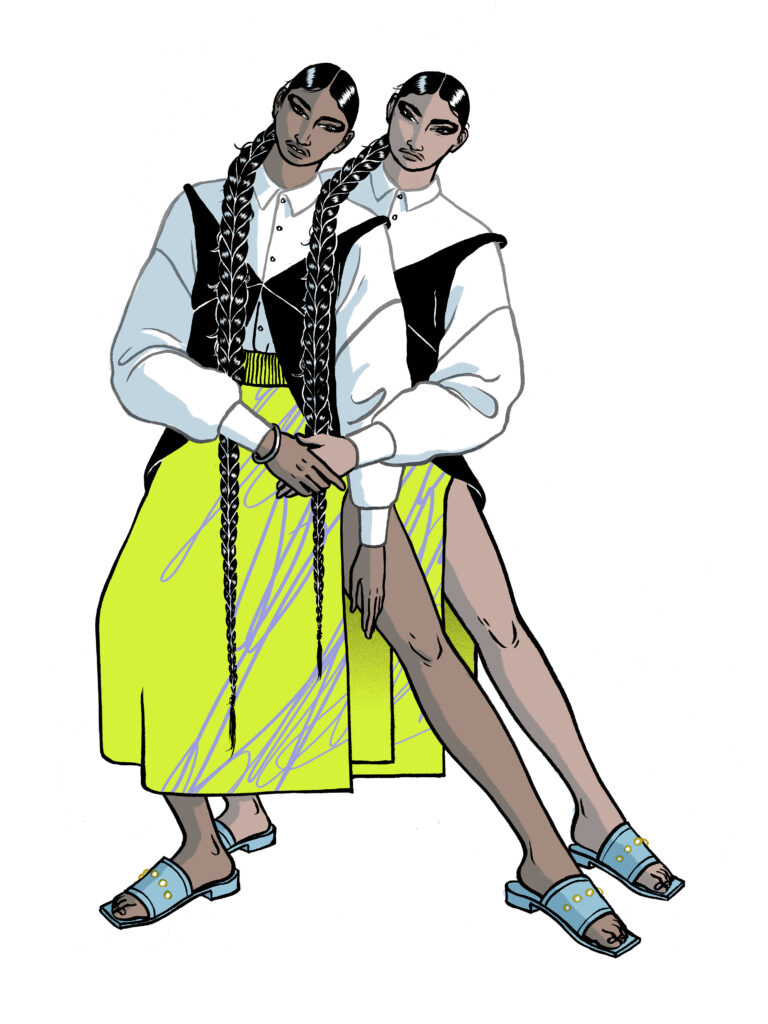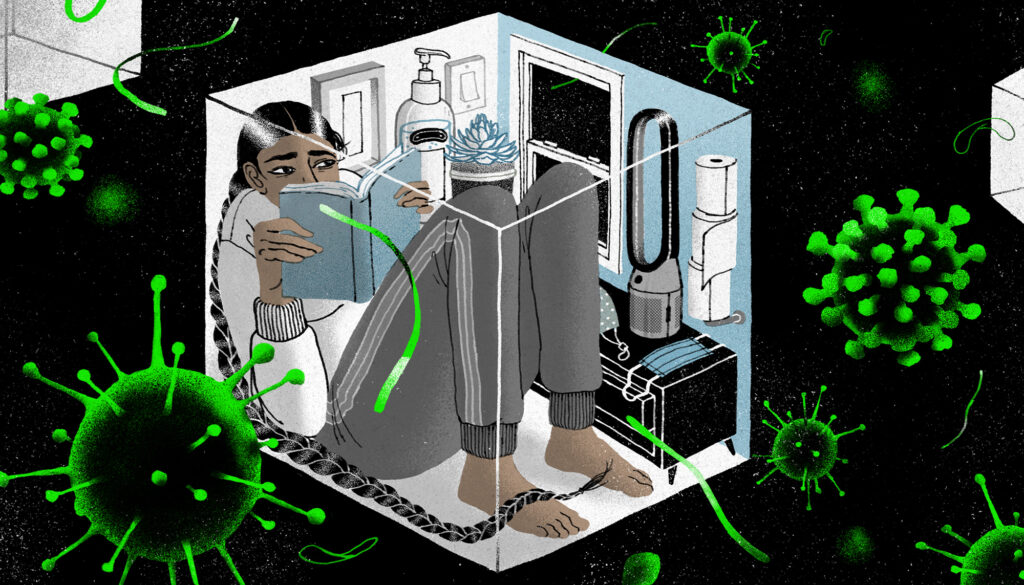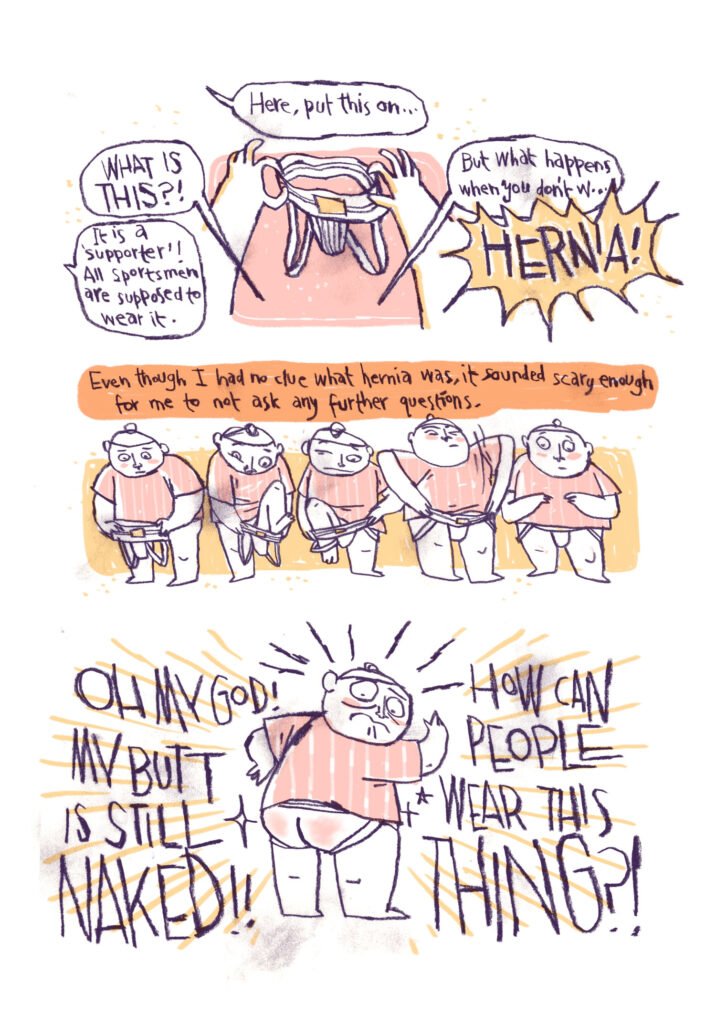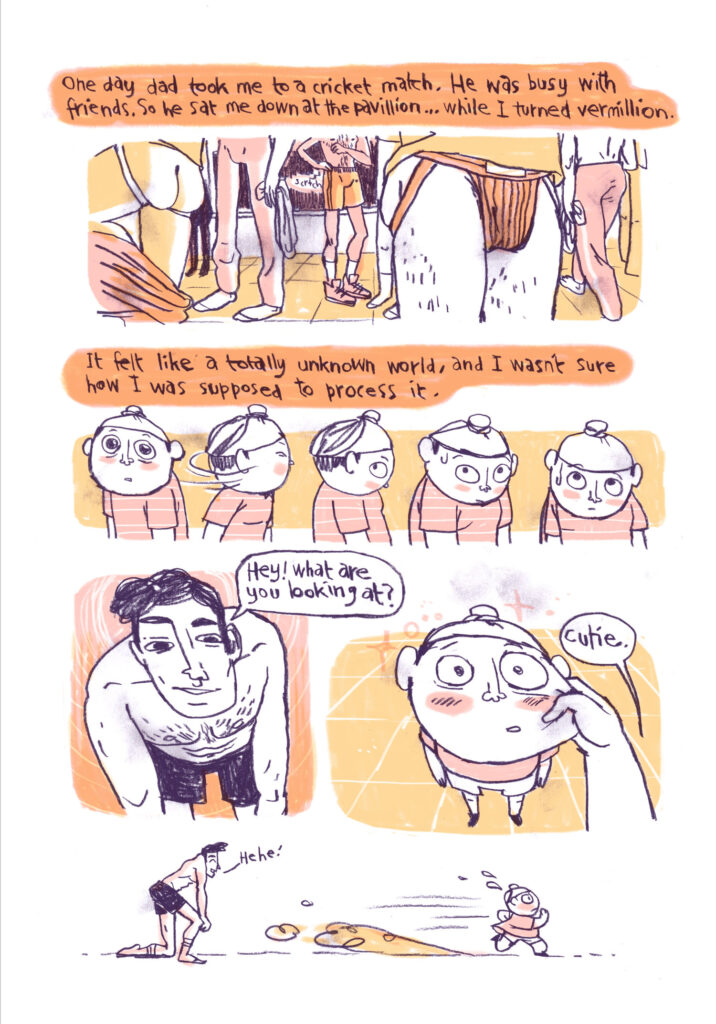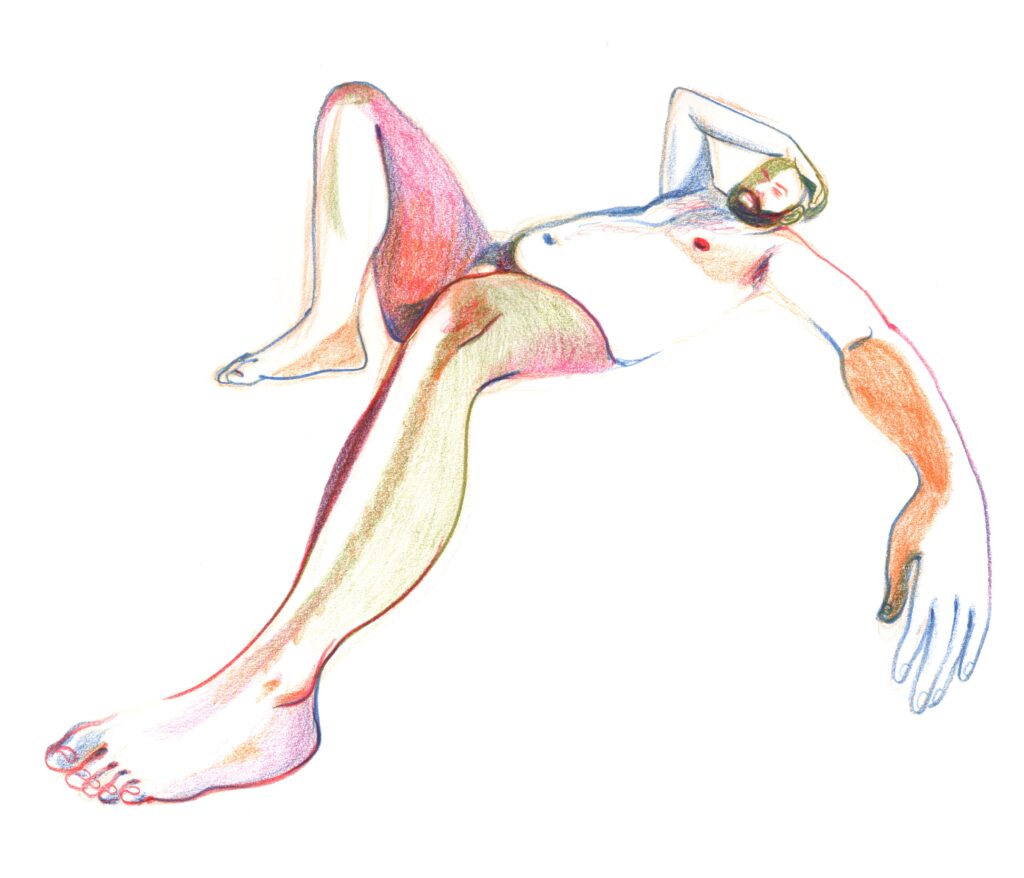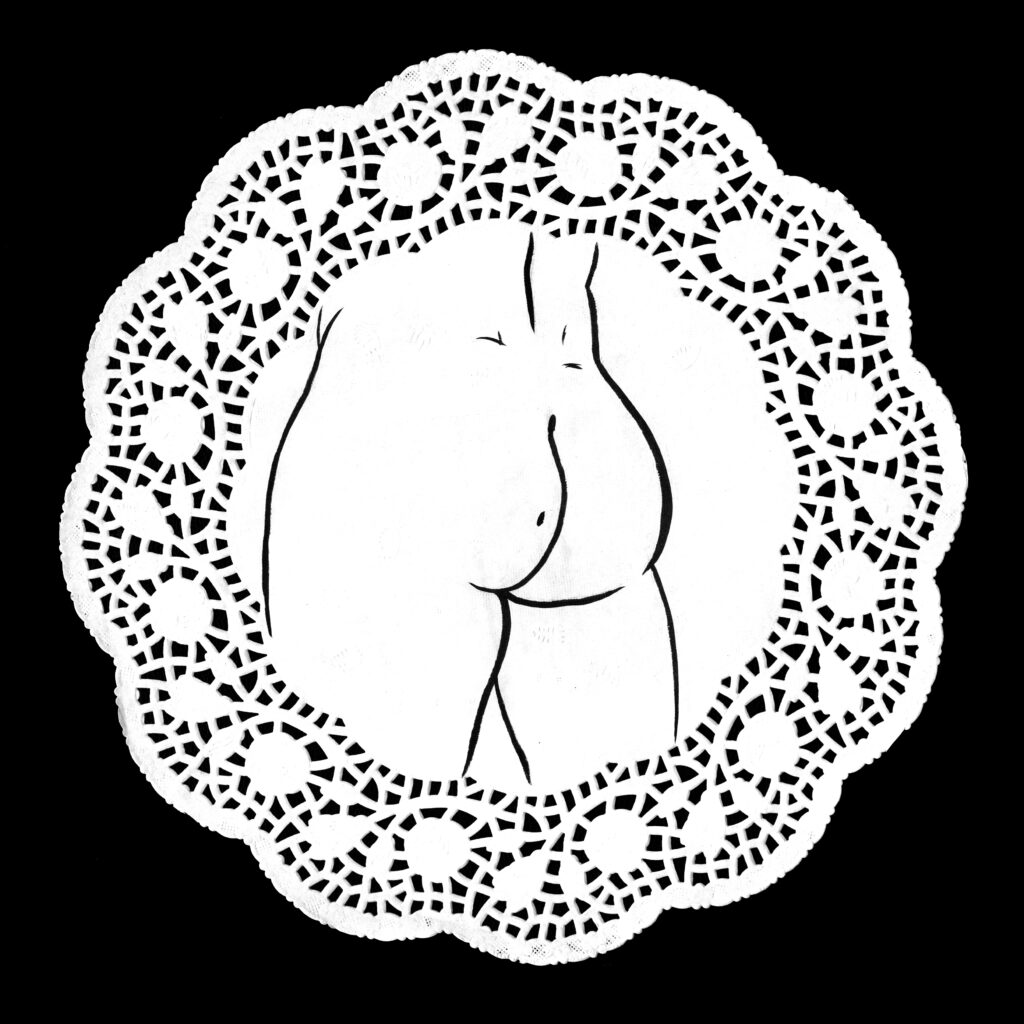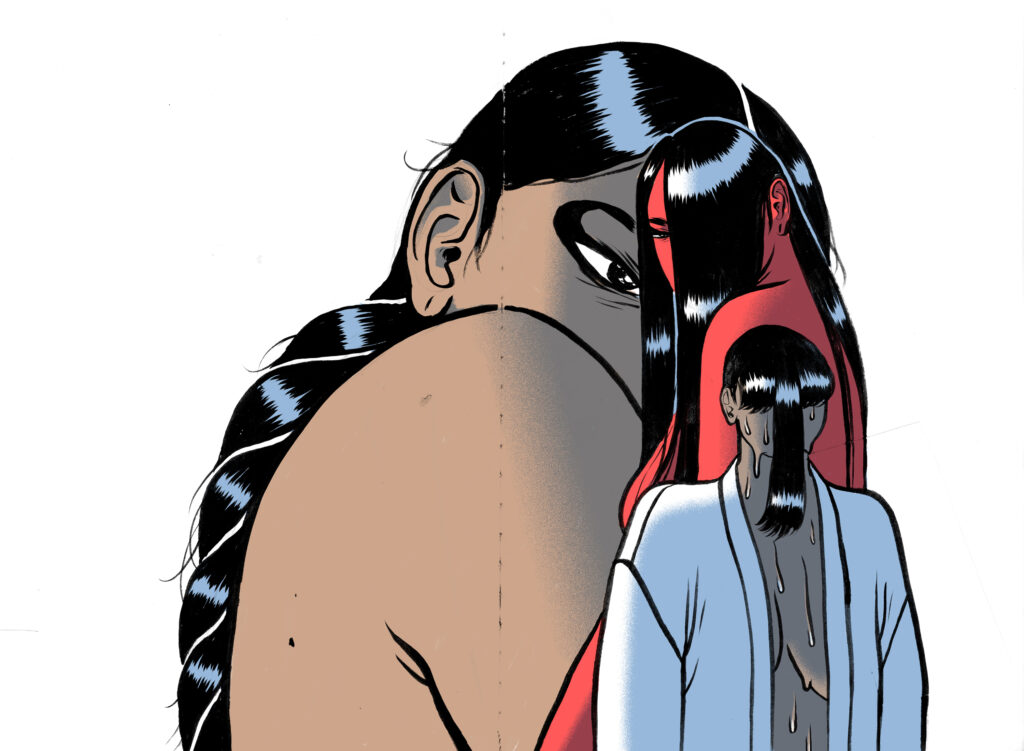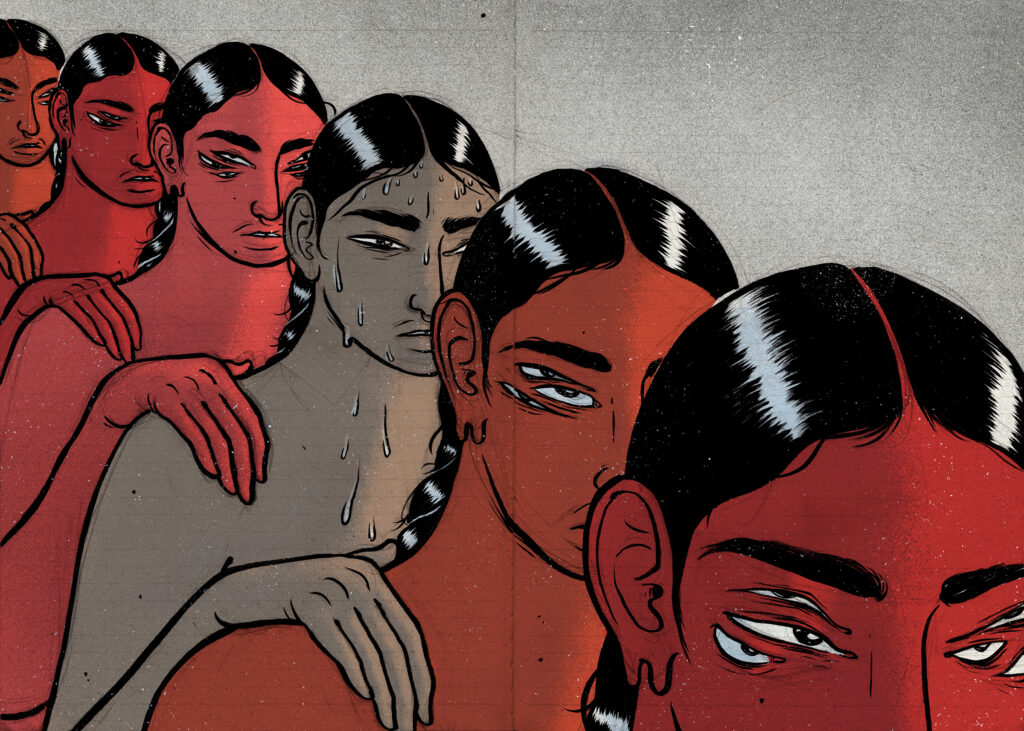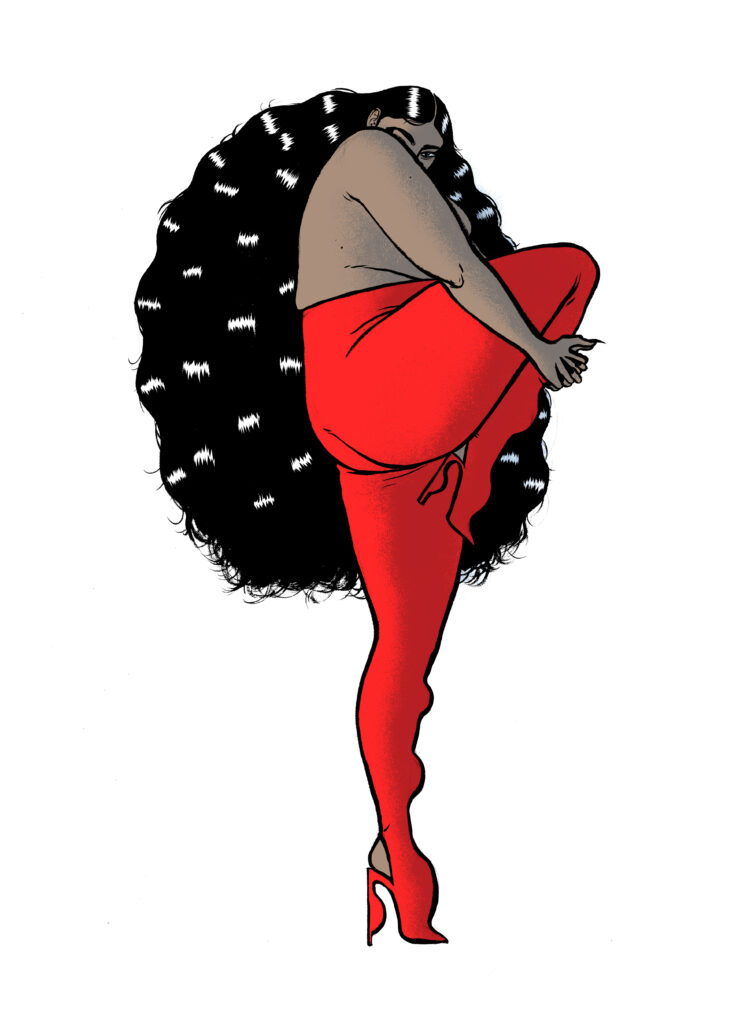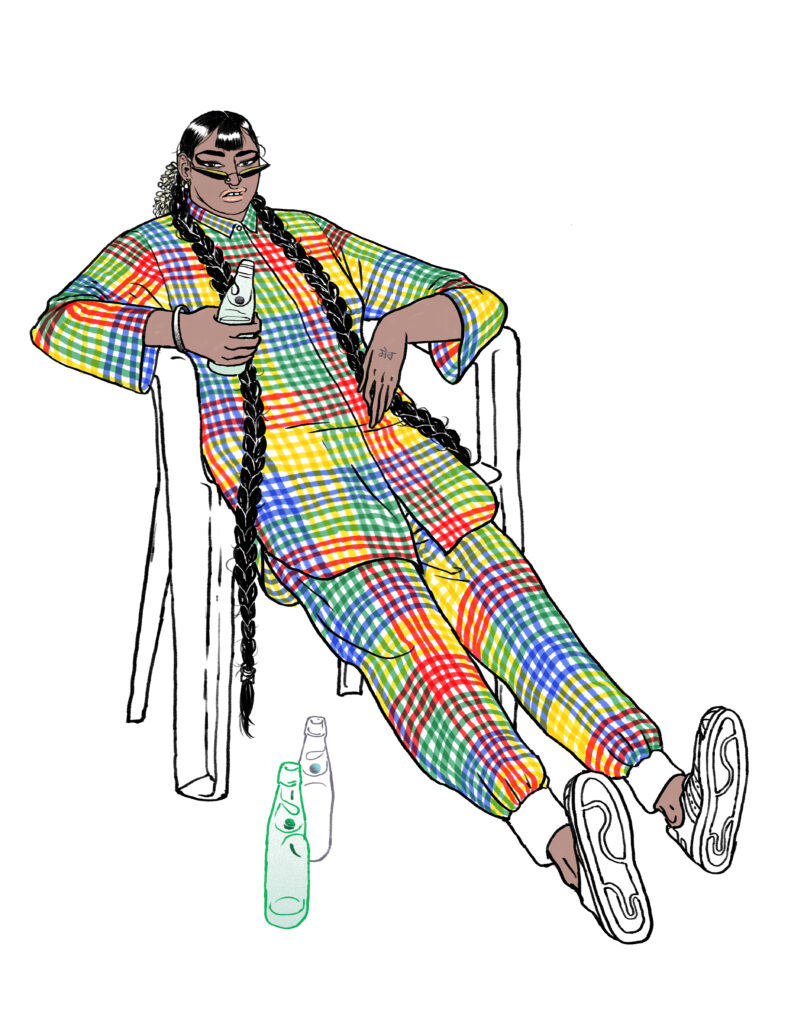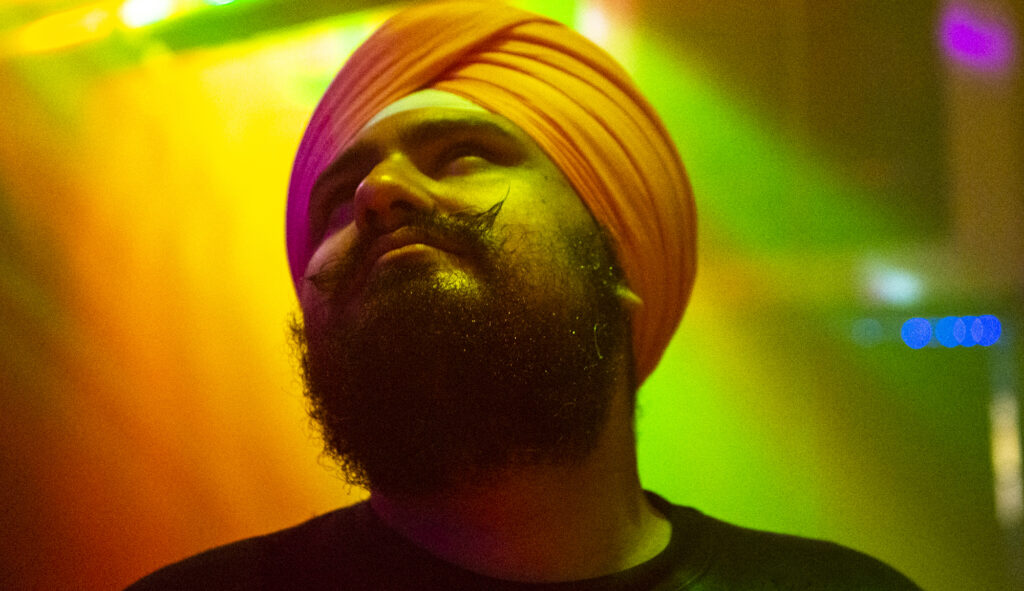
BearWatch: Queer artist Jasjyot Singh Hans speaks about art as catharsis
For many, art can be therapeutic. It allows us to release or explore our deepest and sometimes hidden desires, beliefs and interests. It gives us space to observe the beauty in what we or someone else has created, and realize that the art truly is a part of us.
I recently spoke with queer artist and educator Jasjyot Singh Hans about how his past experiences have helped shape his work today, and how themes of body image, self-love and sexuality and the female body empower his work on a cathartic level.
Kyle Jackson: Can you tell us a bit about your background?
Jasjyot Singh Hans: I was born and brought up in India, and I lived in Delhi all my life. From a young age I knew I wanted to study animation (before I even knew what that really meant, at age 7).
My immediate family consists of my parents and an elder sister. But we live in a joint family, where we share the house with my father’s two brothers and their families. Everyone in the family humoured my interest in art, and my parents really supported me through every step, even when my mum flipped through the back of my school notebooks and saw tonnes of drawings of women in bikinis (she’d say, ‘wow they have amazing legs!’).
My dad was a cricket player, coach and a senior national selector all his life, but never really pressured me to play it. So that way I’m grateful to have my folks in my corner. After finishing school, I went to the National Institute of Design in Ahmedabad, Gujarat, India to study animation, just how my 7-year-old self imagined!
KJ: When did you first realize your talent for drawing?
JSH: I can’t remember a time I wasn’t drawing. I would fill all the paper around me — if I didn’t have paper, I would draw in the air! My mother says I could draw a profile of a woman without reference when I was 5 or 6 years old. They recognised it as something that I had a gift for early on. And I just… kept at it!
KJ: What are the main themes you like to focus on in your work, and what types of work do you do (drawing, illustration, painting, sculpture, etc.)?
JSH: I mostly do drawing, with some painting. My work is centered around themes of body image, sexuality and self love. I think of my work as catharsis, and it is as much a part of me as parts of my body. I enjoy working across different areas in illustration: editorial, publishing, printmaking, murals and gallery work!
KJ: What brought you from India to America, specifically Baltimore?
JSH: I had been out of my undergrad for about 5 years, and had been working as a freelance illustrator in India. I was starting to feel quite stagnant with the work I was getting, and felt compelled to create work around my identity.
But it also was difficult to be able to create openly queer work in India, or maybe I just wasn’t courageous enough. I needed a complete change of scene, to make me uncomfortable and start to look inward for content.
A lot of the work I was following online at the time was from artists in the US, and I knew that’s where I wanted to start. I had applied to a couple of universities for the 2014 term, but I couldn’t get enough funding to be able to make it. I finally got here in 2015 for a MFA in Illustration Practice at Maryland Institute College of Art, Baltimore, with the help of my parents’ financial support and funding from the institute.
KJ: How has your upbringing and your experiences as a queer person in India influenced your work? What challenges did you face?
JSH: Everyone’s experiences shape them/ their work, whether it is work created around their circumstances/ lived experience or work that seeks to find an escape from those lived experiences. I lived with my parents in India, as most people do. I didn’t have much scope to be able to find other gay folk to socialise/ forge friendships with, given that a lot of queer spaces are centered around nightlife.
There were no gay spaces in Delhi at the time, so all nightlife events would circulate from one space to the other. You could get to know about these parties via gay cruising apps, so even though the scene was fairly established, the whole thing still felt pretty clandestine. I was pretty out of the loop with the gay scene at the time, and the only way for me to bridge that disconnect was through creating some pretty emo work (that I find too embarrassing to share, really).
But that was when I started to push myself to create as catharsis, which felt liberating. After coming out to my parents, a lot of that baggage dropped and my work started to have a more queer focus — though little to do with my personal experience. I am starting to think back to moments in my childhood that felt like moments of queer joy, even though I have blocked off a lot of my childhood.
Revealing some of them to myself again has been/ will continue to be challenging, because a lot of memories come laden with trauma but I want to be able to create work around them in future. With that said, the support I have received for putting more queer work out, including support form my parents, has encouraged me to keep pushing forward, and being more open with what I create!
KJ: That’s fantastic! You spoke about drawing mostly women as a child, and I noticed that most of your drawings feature women. This is unique for a queer male artist. Is there a specific reason for this?
JSH: As gay boys, we often tend to bond with the experience of women around us because what is advertised as the male exprience feels inadequte and toxic. This is why we are fascinated by women, because they get to dress up in fantastical clothing and be unabashedly feminine: all things we wish we can someday do freely.
But more than that, they show love and strength in ways that are open. Their desires mimic ours, and it feels right to mimic them as we understand and build our own identities.
I grew up in a family that has amazing, strong women. The women I draw give me power and are an extension of me, much like the women I grew up around. These women are bold, complex subjects, unlike the men I draw which are sexualized objects, simply a depiction of my queer desire.
The women in my drawings grow extra long bangs or veil themselves if I feel like I need to be left alone. They tie their hair in plaits because it reminds me of home. They shed their layers and are unabashedly proud of their bodies because it’s difficult for me to do that with ease. Men would never be able to take that place in my work.
KJ: Attitudes around homosexuality and gender identity seem to be shifting for the better in India. What are your thoughts on this, and how does this impact you and your work?
JSH: It is slower than it should be, especially queer respresentation in popular media. Queer characters are rarely a part of the writing, and if they are, they’re almost always played by popular, non-queer actors. Usually these depictions are grotesque and based on stereotypes that further alienate queer identities, especially femme queer identities.
THAT SAID, things are definitely looking up for queer culture, drag culture and there has been more conversation around queerness and gender overall. What that does to my work, and the work of all queer people living in India is that it gives us the confidence to put out more work that is explicitly queer, and more visibly queer work out in the world means less stigmatized queer idenities, and more confidence in baby queers to to be able to come out and live authentically.
Of course, this is extremely ideal and not as simple IRL. But here’s hoping!
KJ: What are you working on currently?
JSH: I’m currently working on writing for my graphic memoir with Levine Querido, which has been quite exciting and challenging. I’m also working on some fun character illustrations for a wallpaper design which will be installed at the Taj St. James Court, London. I’m also teaching a senior class at the Towson University in Baltimore.
Apart from that, I’m continuing my ongoing series: #ManSmutMonday and NIGHTMARE on social media, and planning on working on some t-shirt designs this year!
For more of Jasjyot Singh Hans’ work, visit jasjyotjasjyot.com and follow him on Instagram and Twitter!








